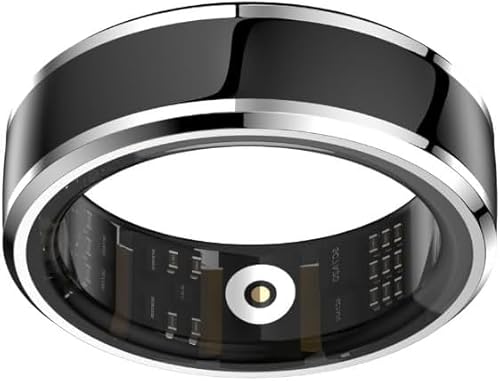This discussion has certainly morphed from Coaguchek XS versus InRatio. I was thinking of starting a new thread that focused on the issue of how often you test or how often SHOULD you test.
I once thought that, if your infrequent testing yielded results that were roughly the same each time, that your INR is stable, and the need for frequent testing was minimal.
After more frequent testing, I found that this probably wasn't the case. Sure, I was lucky (or unlucky) enough to have what appeared to be a stable INR. When I looked more closely, and did testing more frequently, I saw that this wasn't the case. For example, it is recommended that dosing be based on weekly dose -- adjustments should be made to the weekly total, with daily dosing being as close to 1/7 of this as possible. For a while, I was taking a dose that required different dosing on alternating days. I found that my INR depended on which day I tested it -- and the differences were almost certainly related to the number of days after a particular dose. The difference from day to day wasn't more than a few tenths of a point, but those few tenths of a point could put you above or below range, depending on the value.
During the past few years, while trying to keep most things fairly consistent, my dosing has ranged from 56 mg/week down to 42 mg/week. Had I stayed at one dose or the other, and didn't test, it's conceivable that my INR would have gone out of range. Monthly testing may not have revealed the changes my body made in metabolizing the warfarin.
I was consistent for many weeks, and thought of switching from weekly to every two weeks. I tested after 10 days and had a 1.1. If I had waited another week or two (or three or four), it's possible that whatever dropped me to 1.1 would have passed out of my system, and my INR would have been consistent with what it was a month earlier. I really believe that more frequent testing can help spot these glitches -- and as others have noted, there can be many factors that create a change in INR -- even if diet and activity stay consistent.
As a self-tester, the 20 bucks or so for a month of testing is well worth the cost for me, because I am able to get a better sense of where my INR is, and to adjust my dosage if I get a funny value. Self testing also lets me see, fairly quickly, if any new medications or foods have caused changes in my INR. It also let me check the accuracy of a new batch of warfarin from a manufacturer different from my previous source.
If Medicare or an insurance company got stuck paying $50, $60 or more for each test, I would certainly consider self testing. But, even if insurance or medicare DID have to pay an obscene amount for testing, it's still probably cheaper for the insurer than terminal care or long term care for someone whose INR dropped without reason and had a stroke or hemorrhagic incident.





















